ArcGIS Living Atlas of the World provides foundation elevation layers and tools to support analysis and visualization across the ArcGIS system. These layers get updated quarterly with high resolution elevation data from federal agencies, open sources, and community maps program. Esri is providing these datasets as ready to use services that benefit the GIS community and extend the use of data in new and innovative ways. In this release, world elevation layers are updated with many lidar derived high-resolution Digital Terrain Models (DTM’s).
Terrain and TopoBathy layers are updated with:
- Expanded coverage of USGS 3DEP 1-meter lidar derived DTM’s covering areas of the conterminous United States. In this release, approximately 660,185 sq kms (~254899 sq miles) of new coverage has been added. The graphic below shows the new additions (magenta) along with previously available coverage (green).
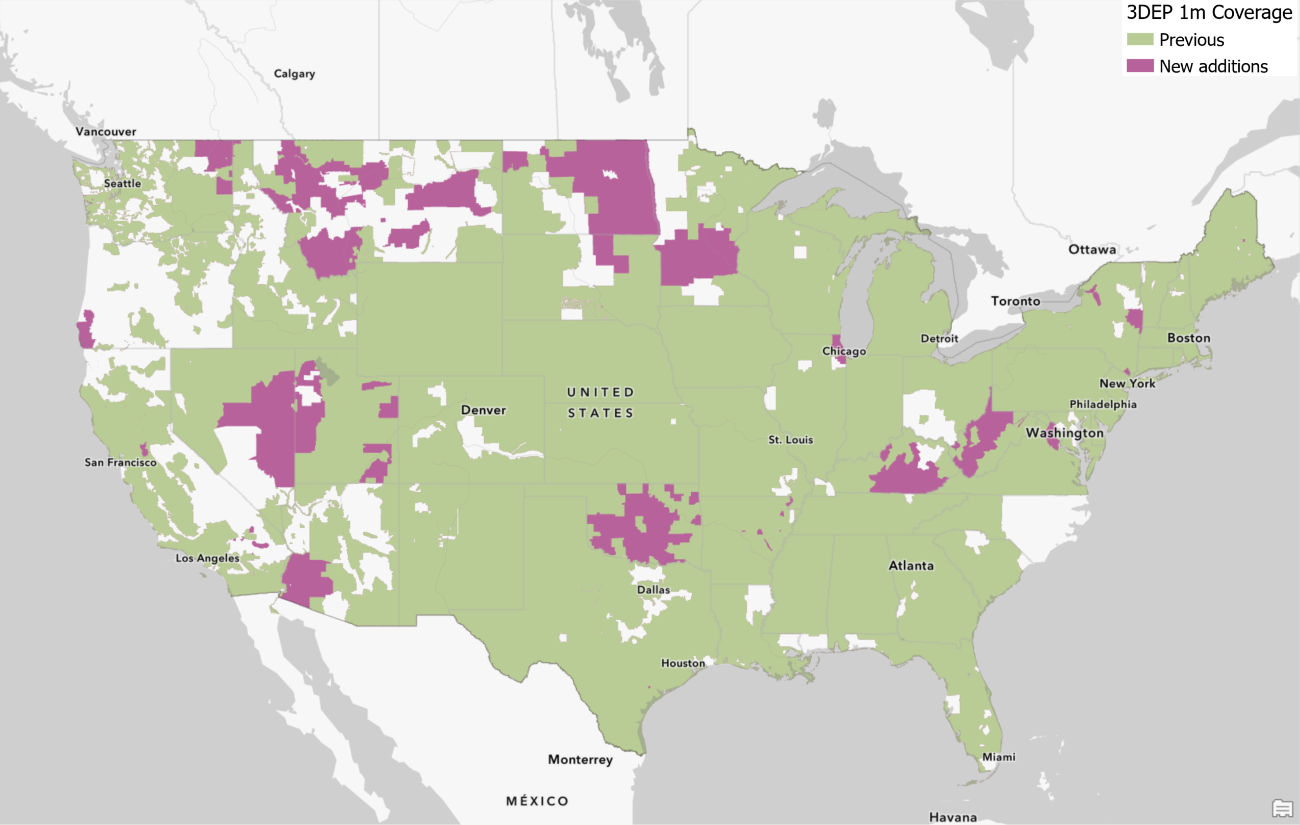
- Land Information New Zealand’s (LINZ) lidar derived 1-meter DTM’s covering partial areas of New Zealand. In this release, ~12,216 sq kms (~4717 sq miles) of new data has been added bringing total coverage to ~184,500 sq kms (~71236 sq miles) (see map below).
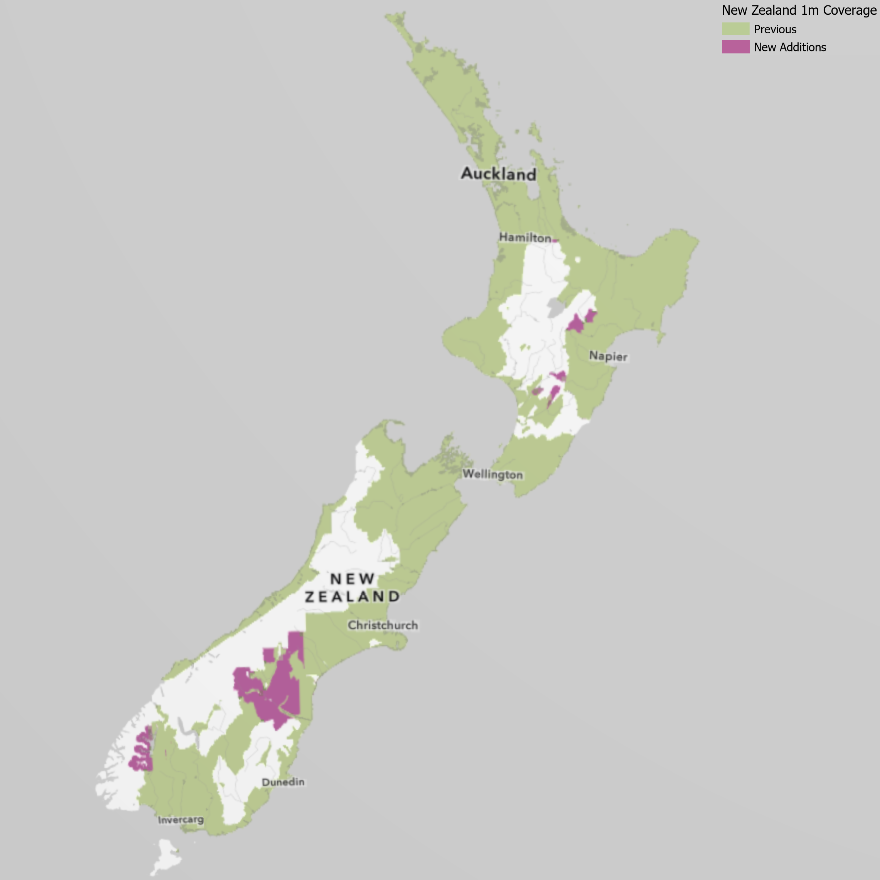
TopoBathy layer is updated with:
- Geoscience Australia’s 30-meter bathymetry of Bass Strait covering area of seabed between the coastlines of Victoria and northern Tasmania, extending approximately 460 km from west of King Island to east of Flinders Island.
- Geoscience Australia’s 250-meter TopoBathy covering Australian continent, Tasmania, and surrounding Macquarie Island and the Australian Territories of Norfolk Island, Christmas Island, and Cocos (Keeling) Islands.
Let’s see a few examples highlighting the improvements.
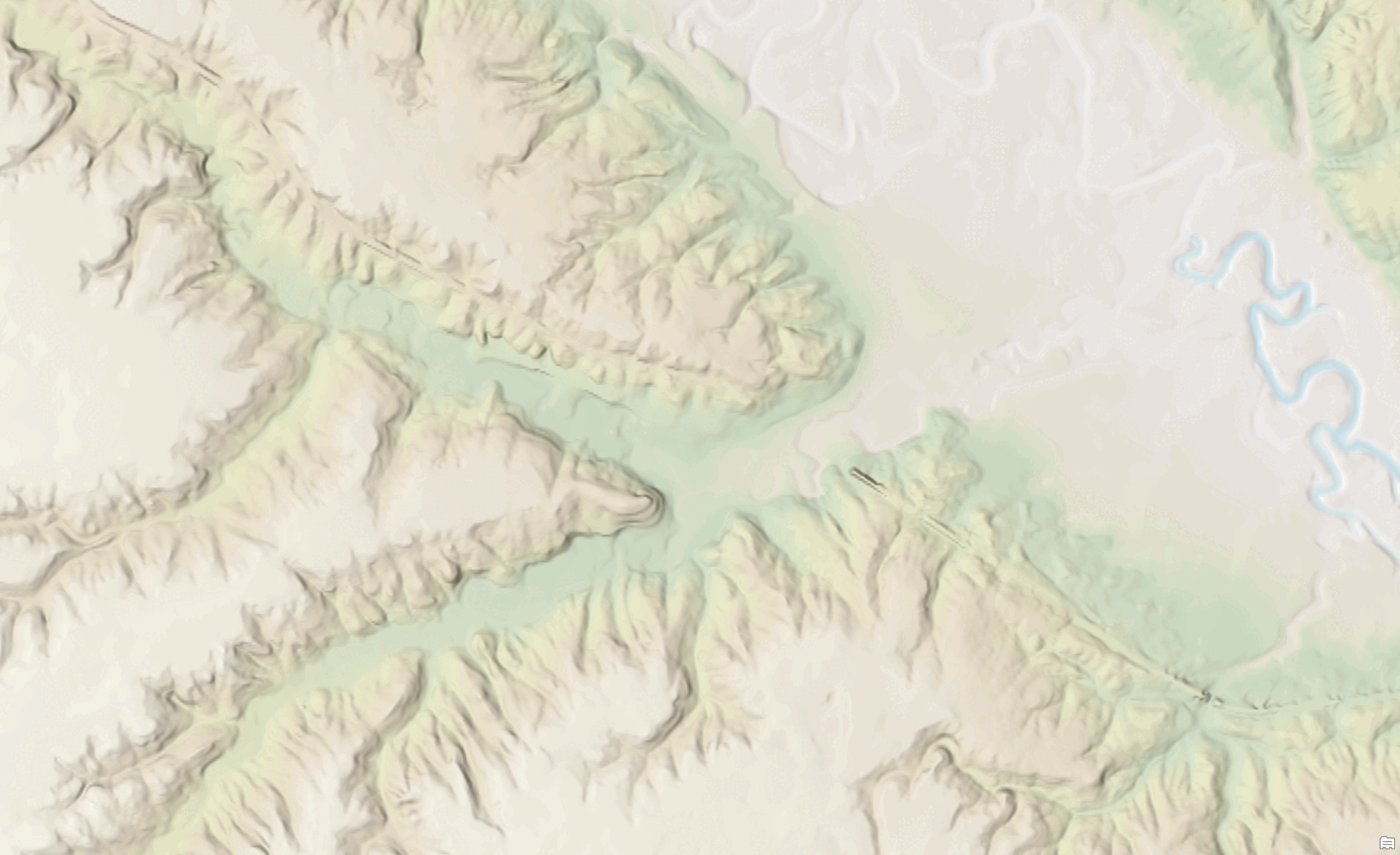
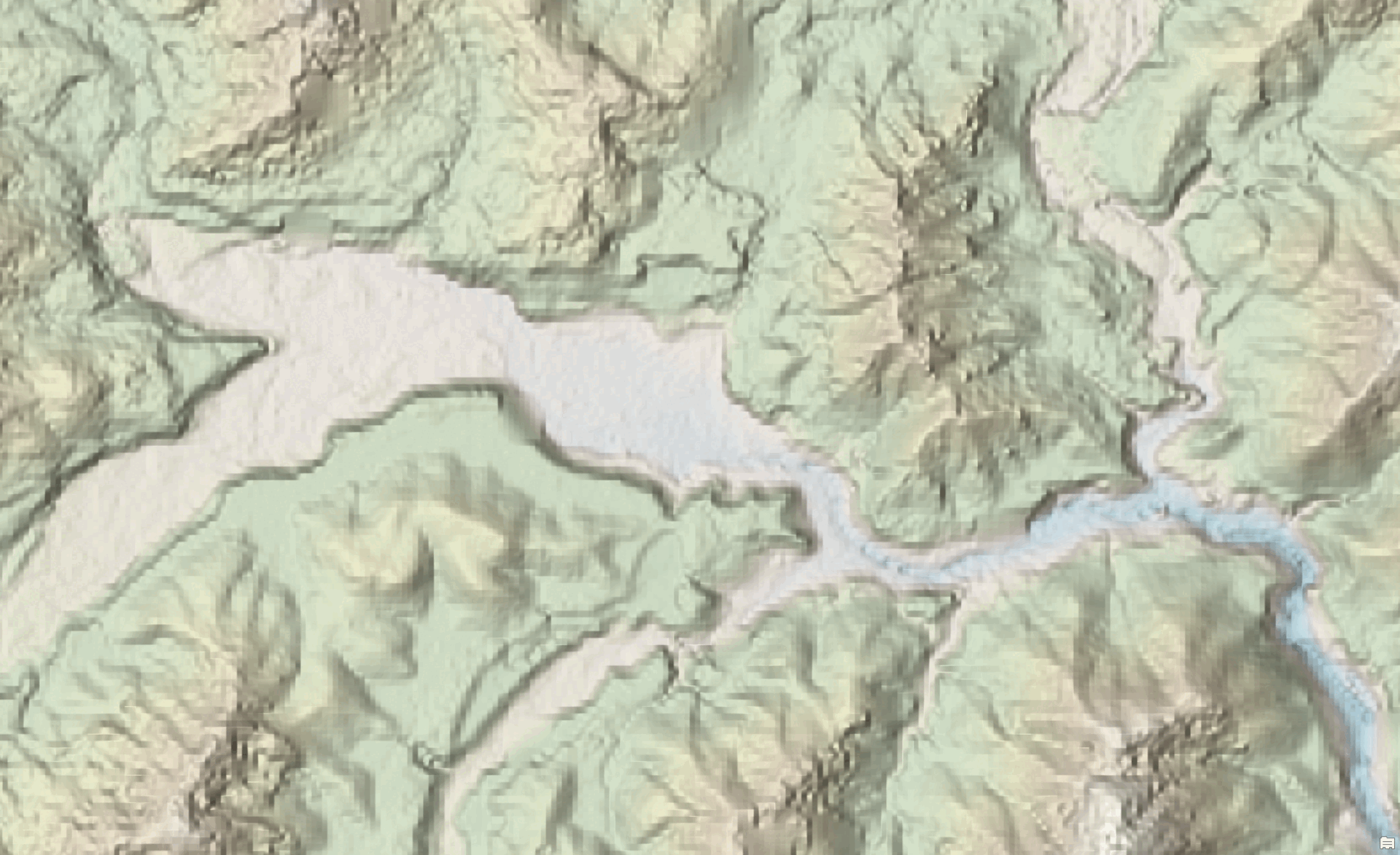
In this release, summary and description of all the ArcGIS Online elevation items have been improved to elevate the important information such as units, update frequency, coverage, analysis limit etc. Also, the ArcGIS item name of ‘Ground Surface Elevation – 30m’ has been changed to USGS 3DEP Elevation – 30 m to better reflect the dataset, coverage etc.
These data updates will be rolled out to the world elevation tiled services i.e. Elevation 3D (Terrain3D and TopoBathy3D) and Hillshade (World Hillshade and World Hillshade (Dark) ) tentatively by the end of next quarter.
To see the coverage extents of each source comprising World Elevation services, check out the World Elevation Coverage Map.
You can help in improving these services by contributing high-resolution elevation data to Living Atlas of the World. To participate and learn more, check out the Esri Community Maps for Elevation program.

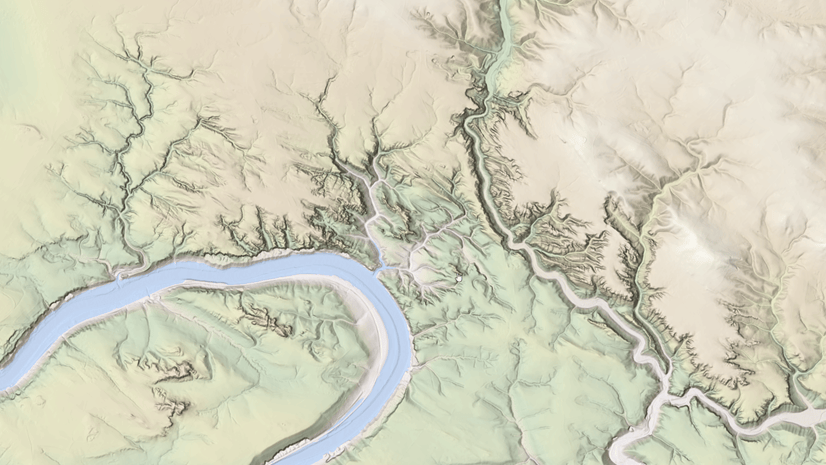


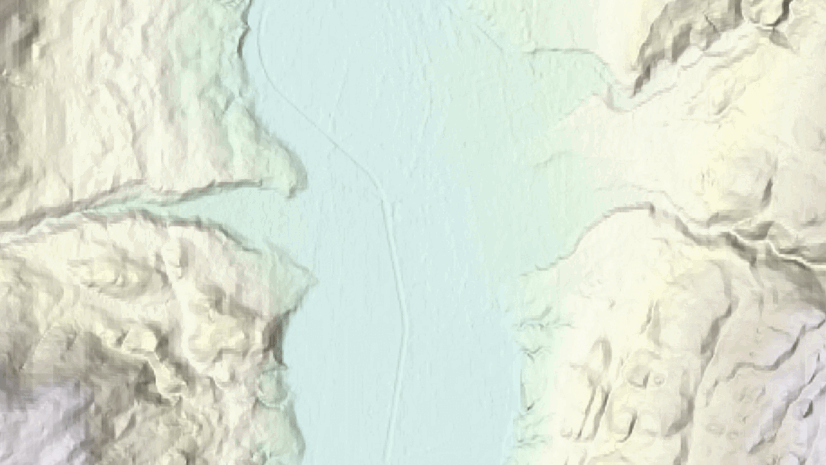
Article Discussion: